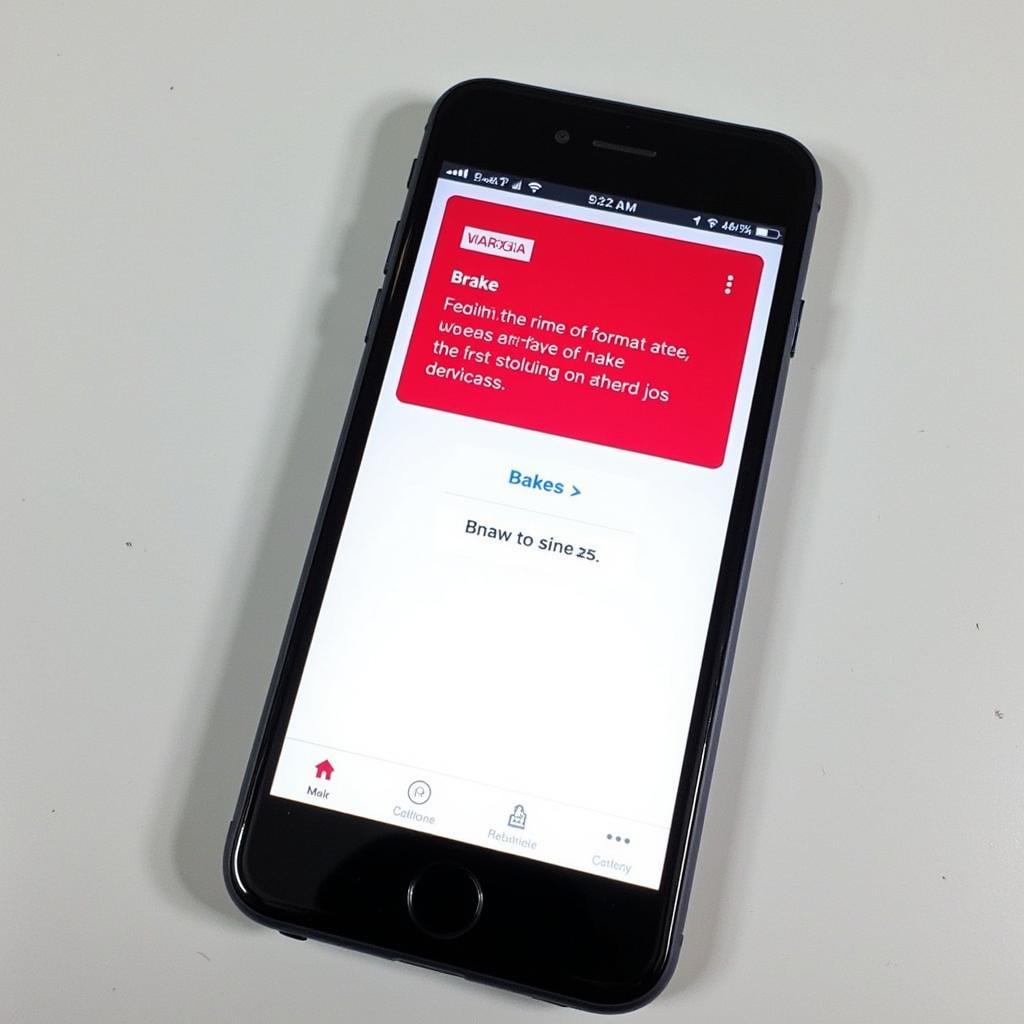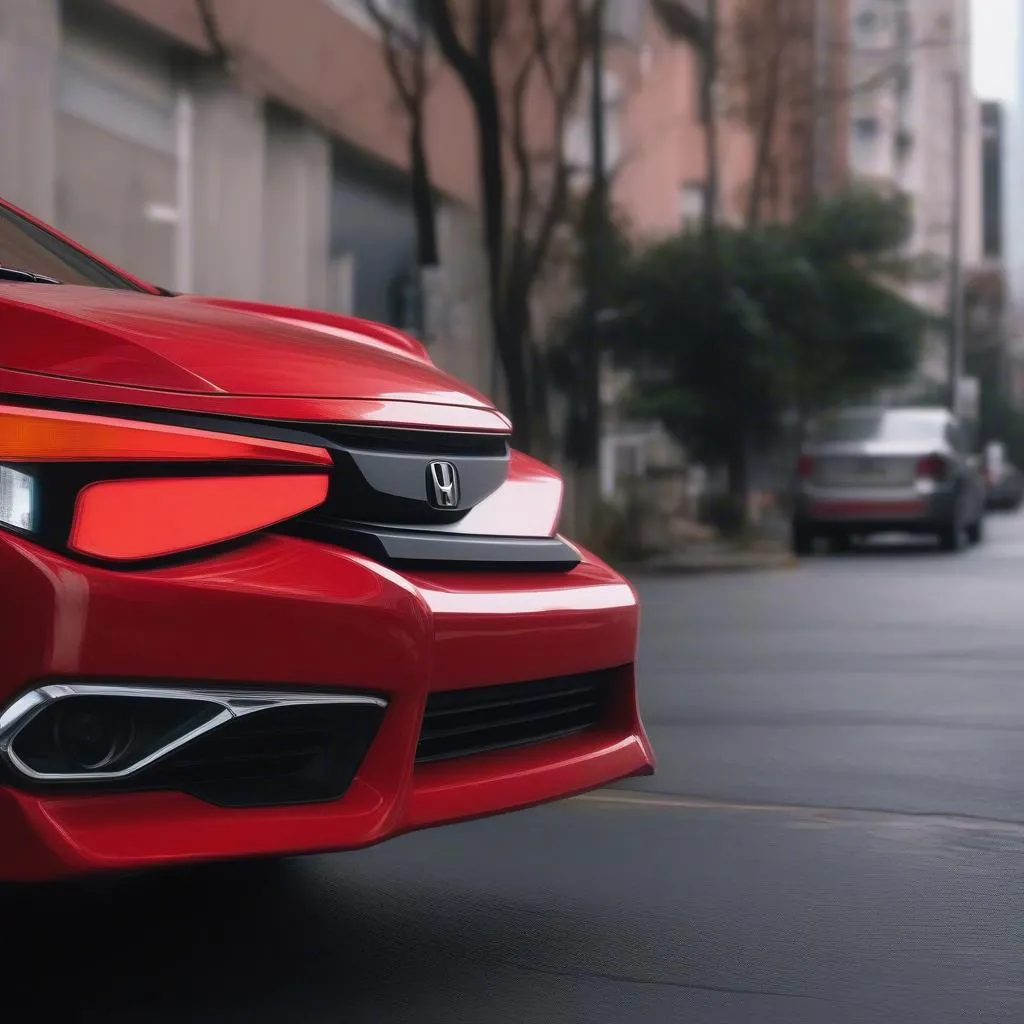A car battery is the heart of your vehicle’s electrical system. Recognizing the signs of a low battery car is crucial to avoid being stranded. This article will explore the common indicators of a failing car battery, offering troubleshooting tips and solutions to get you back on the road. Learn how to identify the problem and take appropriate action.
Common Indicators of a Low Battery Car
Several symptoms can point to a low or dying car battery. Being aware of these signs can help you address the issue promptly.
- Slow Cranking: One of the most obvious signs is a slow engine crank. When you turn the key, the engine struggles to turn over or cranks slowly.
- Dim Headlights: If your headlights appear dimmer than usual, especially when the engine is idling, it could be due to a low battery.
- Electrical Malfunctions: A weak battery can cause issues with other electrical components, such as the radio, power windows, and interior lights. These components might work intermittently or not at all.
- Dashboard Warning Lights: The check engine light or battery warning light might illuminate on your dashboard, signaling a problem with the charging system or the battery itself.
- Clicking Sound When Turning the Key: If you hear a rapid clicking sound when you turn the key, it usually indicates that the battery doesn’t have enough power to start the engine.
- Swollen Battery Case: Physical changes to the battery, such as a swollen or cracked case, can indicate internal damage and a need for replacement.
- Old Battery Age: Car batteries typically have a lifespan of 3-5 years. If your battery is nearing or exceeding this age, it’s more likely to experience problems.
What causes a car battery to drain quickly?
Many factors can contribute to a rapidly draining car battery. Some common causes include leaving lights on, parasitic drains from faulty electrical components, extreme temperatures, and short trips that don’t allow the battery to fully recharge. If you suspect your battery going dead in car, it’s crucial to diagnose the underlying cause.
Troubleshooting a Low Battery Car
If you’re experiencing signs of a low battery car, there are several troubleshooting steps you can take:
- Check the Battery Terminals: Inspect the battery terminals for corrosion. Clean them with a wire brush and baking soda solution if necessary.
- Test the Battery Voltage: Use a multimeter to check the battery’s voltage. A fully charged battery should read around 12.6 volts.
- Inspect the Alternator: The alternator is responsible for recharging the battery while the engine is running. A faulty alternator can prevent the battery from charging properly.
- Check for Parasitic Drains: Identify any electrical components that might be drawing power even when the car is off. This can be done using a multimeter or an ammeter.
How can I jump-start my car?
Jump-starting a car with a low battery can be a temporary solution to get you back on the road. However, it’s essential to do it correctly to avoid damaging the electrical systems of both vehicles. Always follow the instructions in your car’s owner’s manual for the proper procedure. Troubleshooting golf cart issues can also involve battery checks, similar to those outlined in our club car golf carts troubleshooting guide.
“Regular battery maintenance is key to preventing unexpected breakdowns,” advises John Miller, a certified automotive technician with over 20 years of experience. “Simple checks and timely replacements can save you a lot of hassle in the long run.”
Solutions for a Low Battery Car
- Jump-Start: A jump-start can provide enough power to start the engine, allowing you to drive to a repair shop or auto parts store.
- Battery Replacement: If the battery is old or damaged, replacing it is the best solution.
- Alternator Repair or Replacement: A faulty alternator needs to be repaired or replaced to ensure the battery charges properly.
- Address Parasitic Drains: Fix any electrical issues that are causing parasitic drains to prevent the battery from discharging prematurely. Key fob batteries can also drain unexpectedly, requiring replacement, as discussed in our guide on the battery for jeep renegade key fob. Similarly, our resource on honda civic 2015 key fob battery can assist Honda owners with similar issues.
“Ignoring the signs of a low battery can lead to more significant problems down the line,” warns Sarah Johnson, an electrical systems specialist. “Addressing the issue proactively can prevent costly repairs and ensure your vehicle’s reliability.” Maintaining batteries in other equipment, such as electric pallet jacks, is also crucial, as highlighted in our electric pallet jack battery maintenance guide.
Conclusion
Recognizing the signs of a low battery car is essential to prevent being stranded. By understanding the common symptoms, troubleshooting steps, and available solutions, you can address the issue promptly and keep your vehicle running smoothly. Regular battery maintenance and timely replacements can significantly extend the lifespan of your battery and minimize the risk of future problems. Remember, a healthy battery is vital for a reliable and enjoyable driving experience.


